The incredible power of rotational ploughing
is, in my opinion, greatly overstated.Several years ago I went to a Procam talk about blackgrass. I was going to paraphrase what they said, but a quick google brings it up:
Blackgrass seeds decline quickly at depth, so the numbers of viable seeds brought back up will be low, especially if ploughing is only done on a rotational i.e. no more than 1 year in 3.
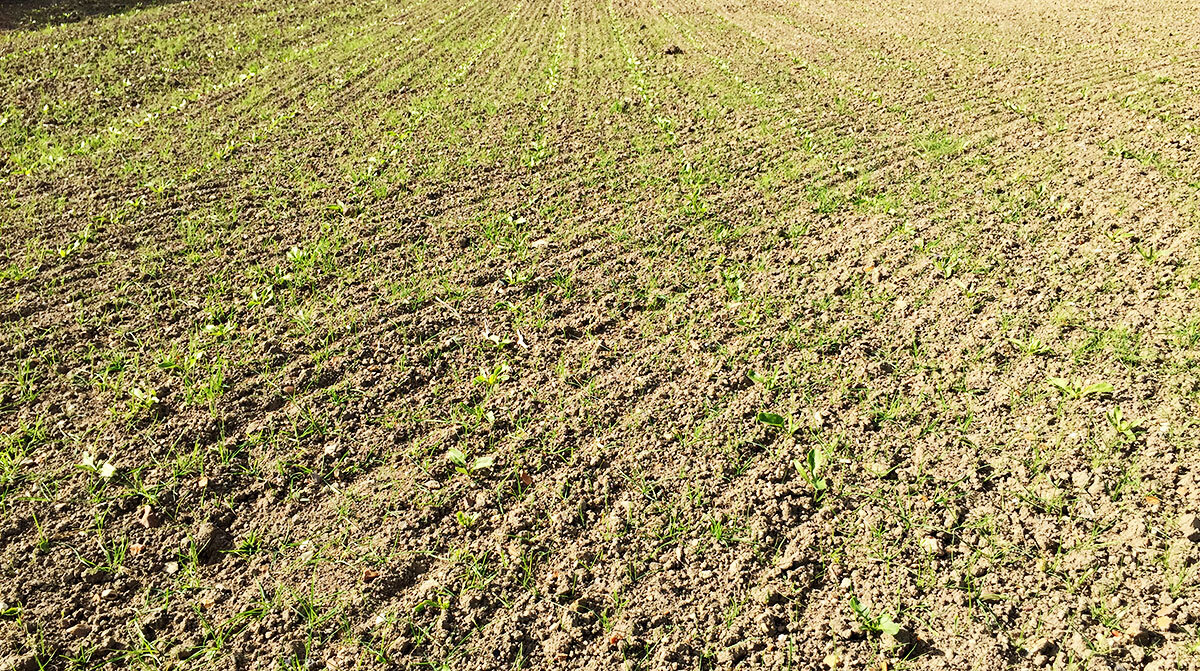
 Does that look like adequate weed control? Not to me. Luckily this is just the corner of the field, the rest is fine.But maybe it would have been even worse without the plough? Luckily we have some no-till sugar beet this year to compare. And like more and more of our fields, it also has a problem patch of blackgrass. This is a ploughed section (also previously ploughed four and a half years ago):
Does that look like adequate weed control? Not to me. Luckily this is just the corner of the field, the rest is fine.But maybe it would have been even worse without the plough? Luckily we have some no-till sugar beet this year to compare. And like more and more of our fields, it also has a problem patch of blackgrass. This is a ploughed section (also previously ploughed four and a half years ago):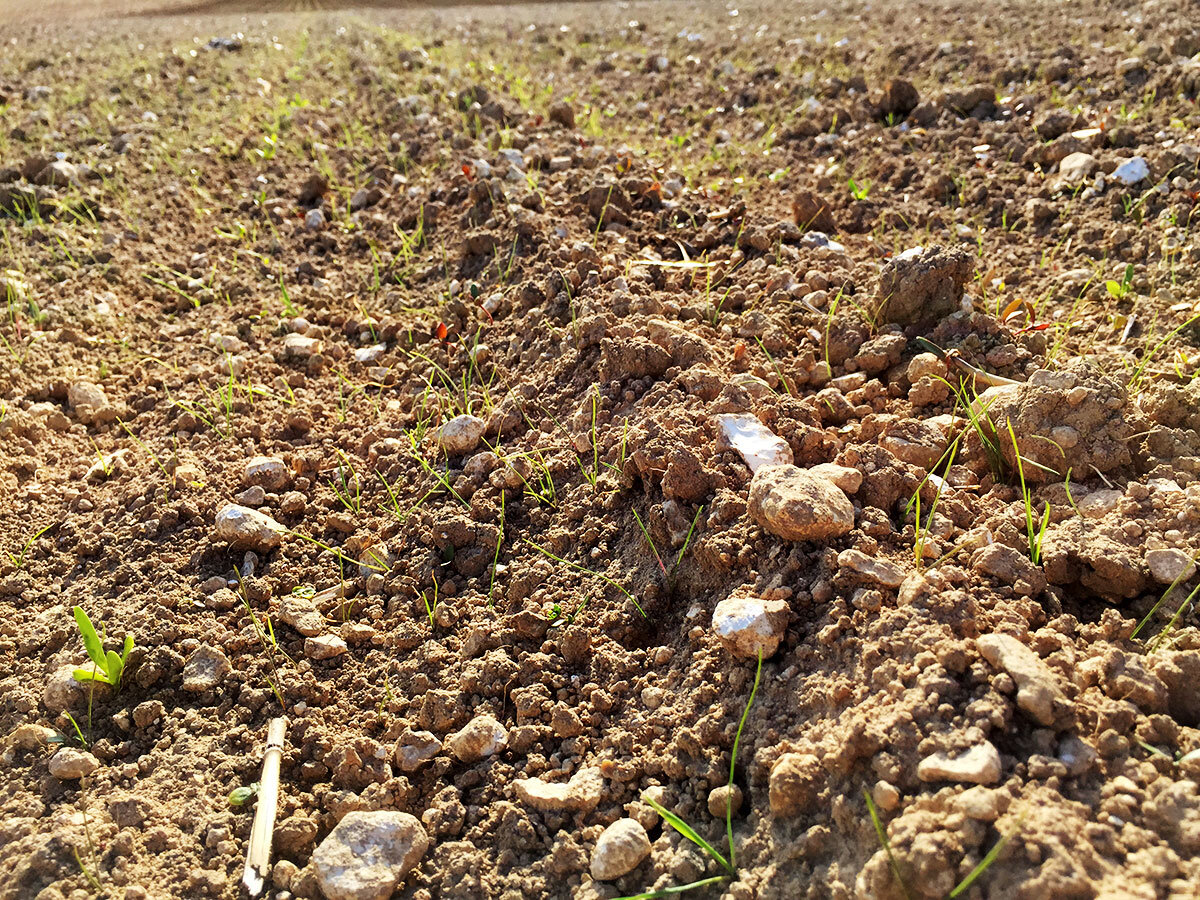 And this is a couple of meters away in the no-till:
And this is a couple of meters away in the no-till: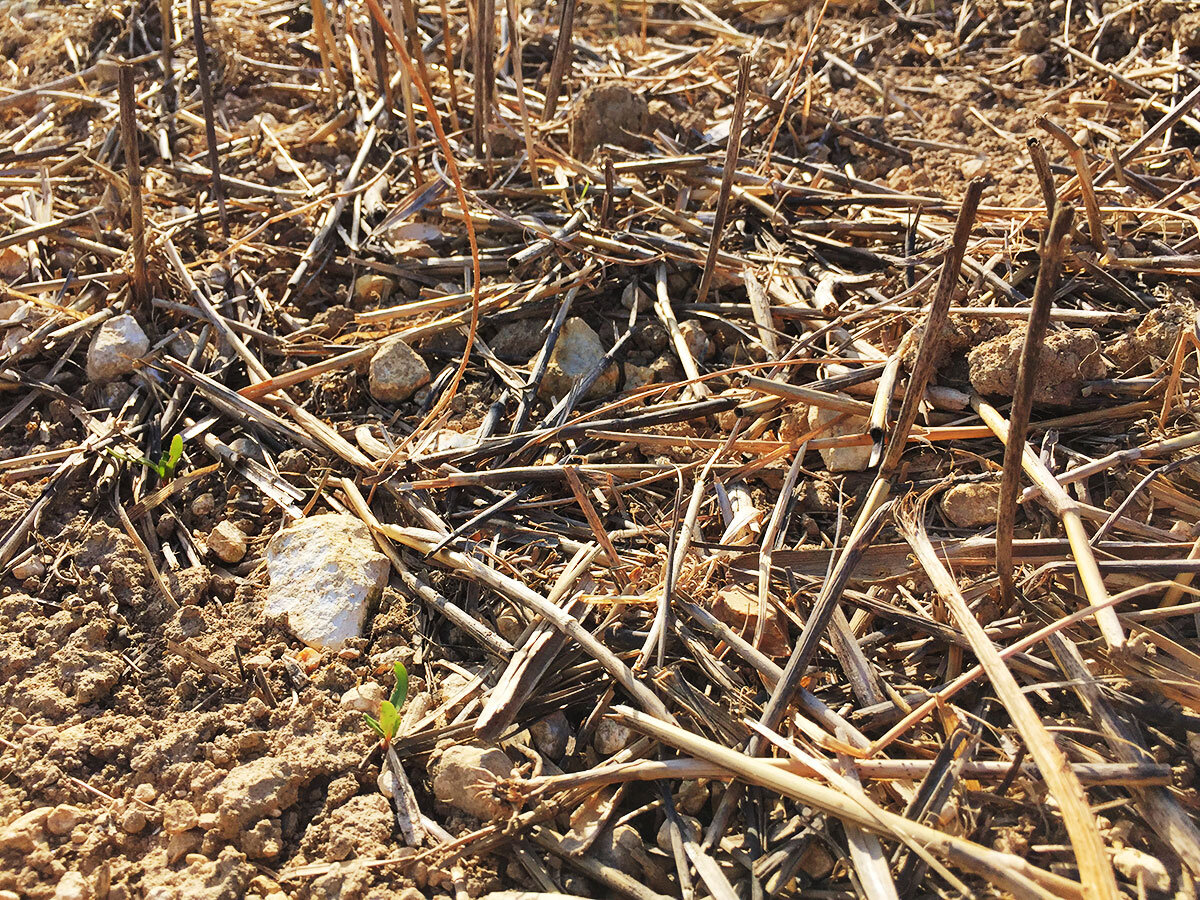 I'm not claiming that no-till has less grass weeds, but I fell pretty confident in saying there are no more. And for the same level of control, is it better to spend all the time, money and soil quality ploughing, or to go and do something productive? What I will confidently claim is that there are many, many fewer broad leaf weeds in the no-till area. To be fair, there are less sugar beet plants as well...For more balance, here's a bit of no-till with plenty of weeds:
I'm not claiming that no-till has less grass weeds, but I fell pretty confident in saying there are no more. And for the same level of control, is it better to spend all the time, money and soil quality ploughing, or to go and do something productive? What I will confidently claim is that there are many, many fewer broad leaf weeds in the no-till area. To be fair, there are less sugar beet plants as well...For more balance, here's a bit of no-till with plenty of weeds: The eagle-eyed will notice there are more weeds in the disturbed seeded area than between the rows. This is even more evident in the strip-tilled plots.
The eagle-eyed will notice there are more weeds in the disturbed seeded area than between the rows. This is even more evident in the strip-tilled plots.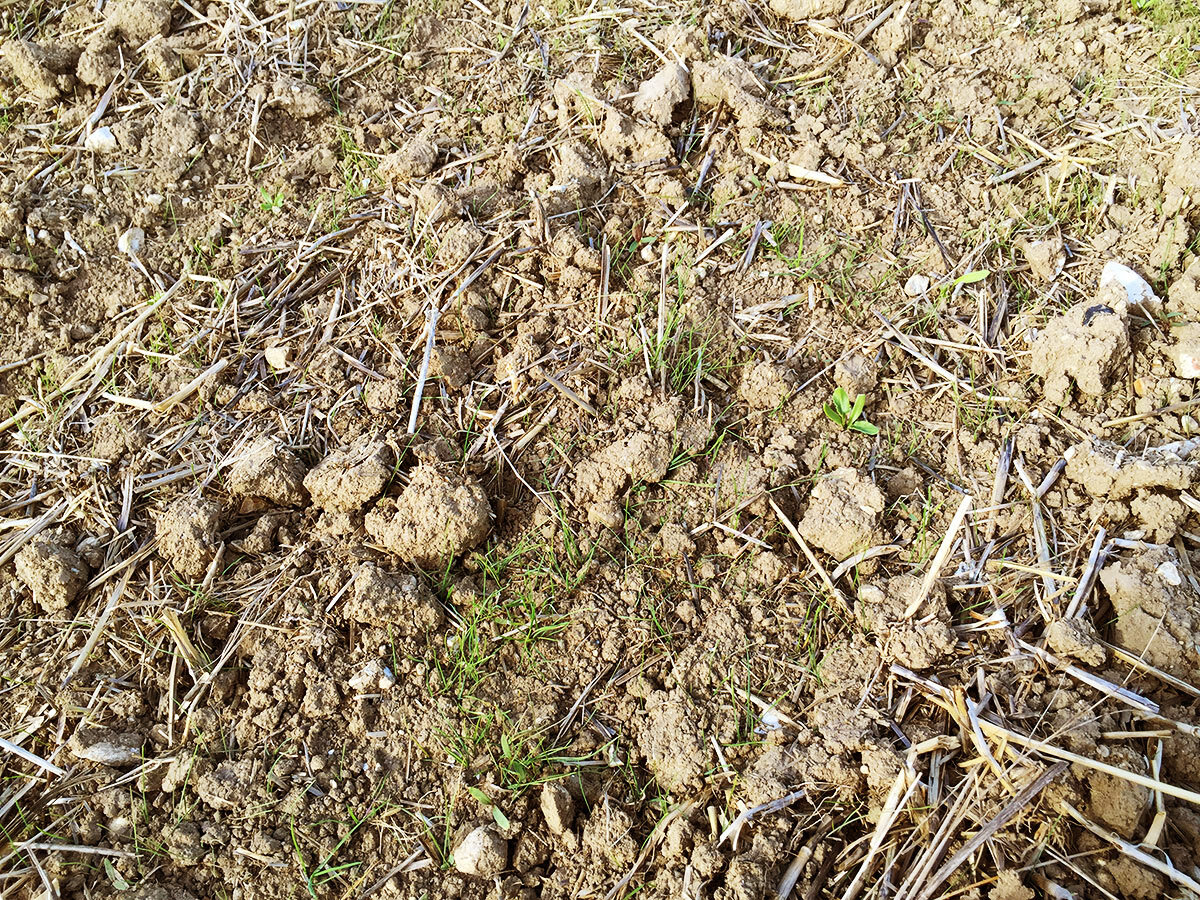 And finally, a field that I mentioned in the last blog. It currently has rapeseed growing on it, before that wheat, and before that sugar beet. Before the sugar beet it field had gone five and a half years without being ploughed, but still there is a really terrible patch of blackgrass which we are struggling to deal with. I put this picture up last time, but I will re-use it because it's so clear how big a weed burden is there.
And finally, a field that I mentioned in the last blog. It currently has rapeseed growing on it, before that wheat, and before that sugar beet. Before the sugar beet it field had gone five and a half years without being ploughed, but still there is a really terrible patch of blackgrass which we are struggling to deal with. I put this picture up last time, but I will re-use it because it's so clear how big a weed burden is there.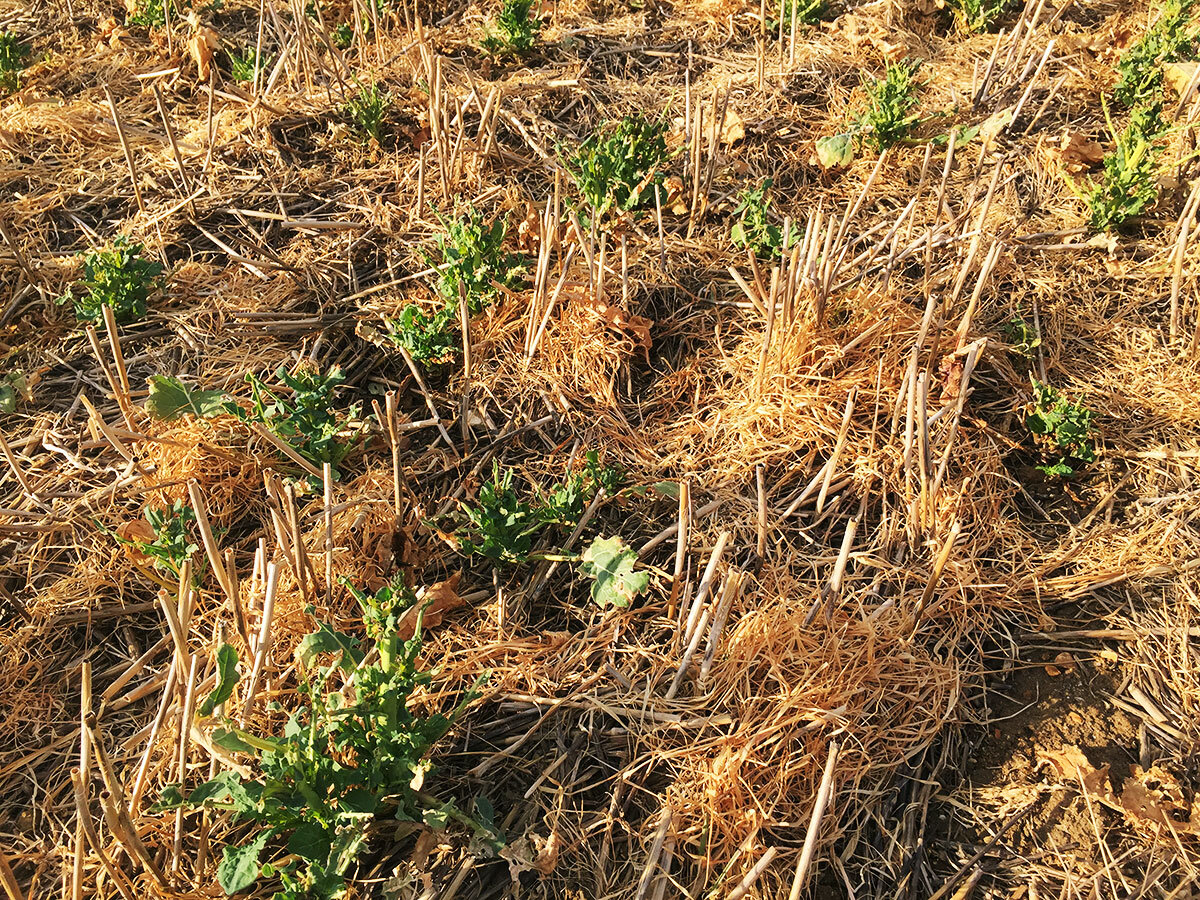 Enough said.
Enough said.
